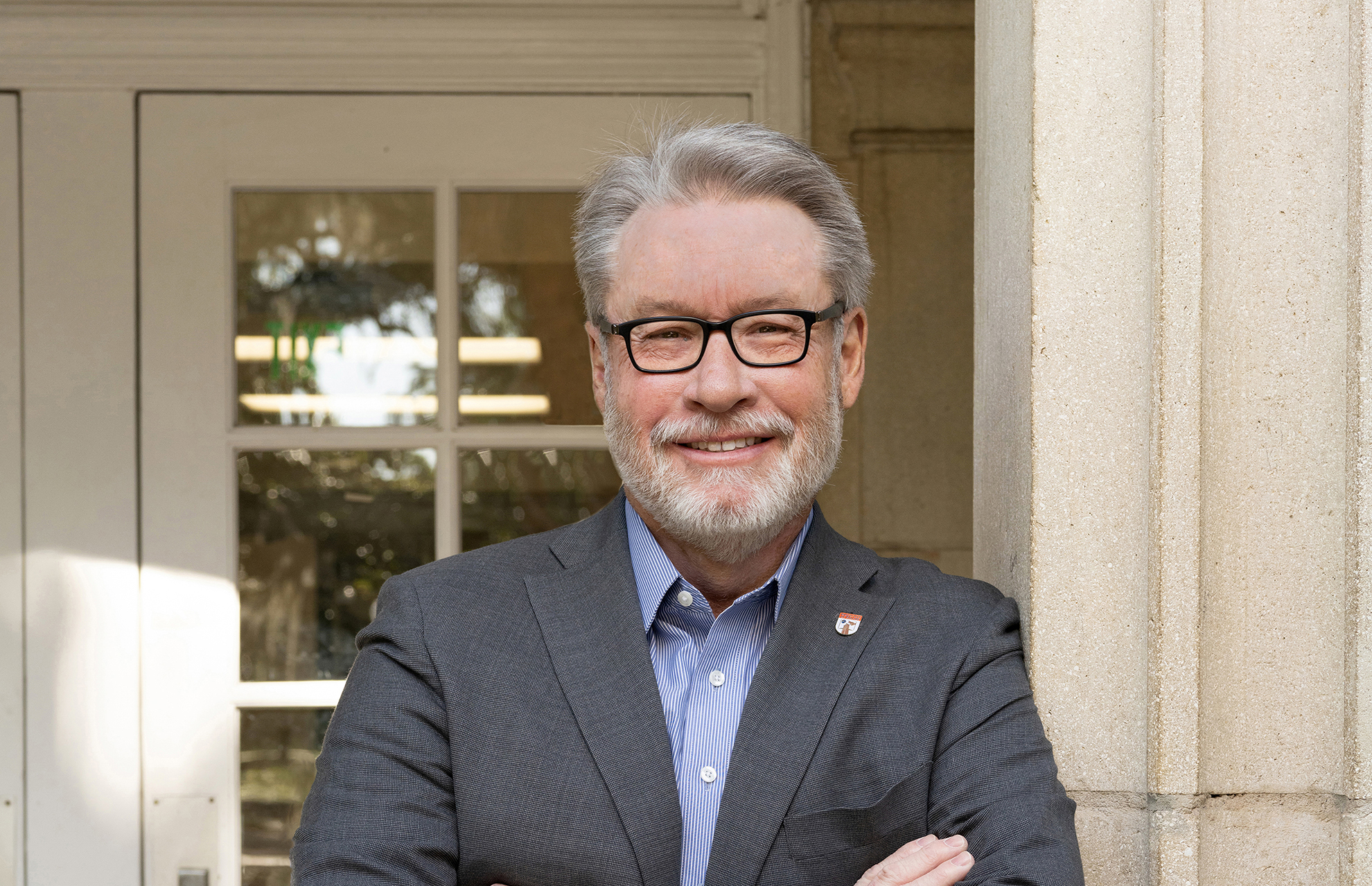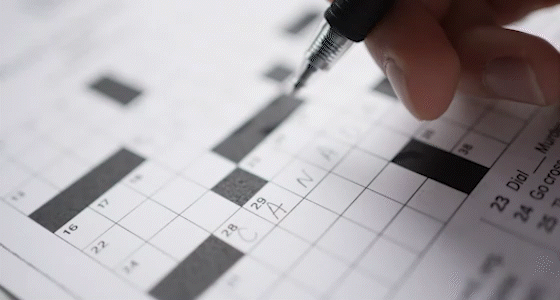From the Dean

Welcome to the latest issue of Ytori, where we delve into archives, explore oral histories, and peruse old yearbooks to uncover over a century of change in the college.
This year, we commemorate 75 years of coeducation at UF, celebrating the history of women on campus. As trailblazers, they have fought for equality over the years, claiming more and more seats at the proverbial table. Our cover story highlights this progress, and the chair on our front cover is a symbol of that journey.
Within these pages, our students make deeper connections to history as they uncover Gainesville’s past, while a history professor documents the day-to-day life of the Cuban people. Global partnerships increase our impact as we tackle some of the most complex issues facing communities in the Amazon. This spring we celebrated the Department of Geological Sciences, which also marked a 75-year milestone as it looks toward its AI-enhanced future.
Once again, in this past academic year, the College of Liberal Arts and Sciences celebrated the graduation of thousands of our students who spent much of their time at UF during the pandemic. The college’s faculty used creativity and flexibility to teach and advise these students on the path to their degrees. Some personal reflections on the challenges and changes from that time provide lessons on resilience.
This issue of Ytori is the 10th since the magazine’s first edition in the fall of 2016. The milestone prompts us to answer the most frequent question we receive: What is a Ytori? Simply put, it means “alligator” in the language of the Timucuan people, who lived in the north-central region of what is now Florida prior to the arrival of the Spanish in the 16th century. We learned about the word in 2016 from Professor George Aaron Broadwell, whose work on a grammar and dictionary of the Timucua language is profiled in this issue.
I hope that you have enjoyed reading Ytori over the last seven years. I am grateful for the talented writers, editors, graphic designers, and photographers who have taken the magazine from an ambitious idea to a cornerstone of our outreach to you, our readers. Thank you for being an integral part of our college community.
Sincerely,

David E. Richardson
Dean, College of Liberal Arts and Sciences
